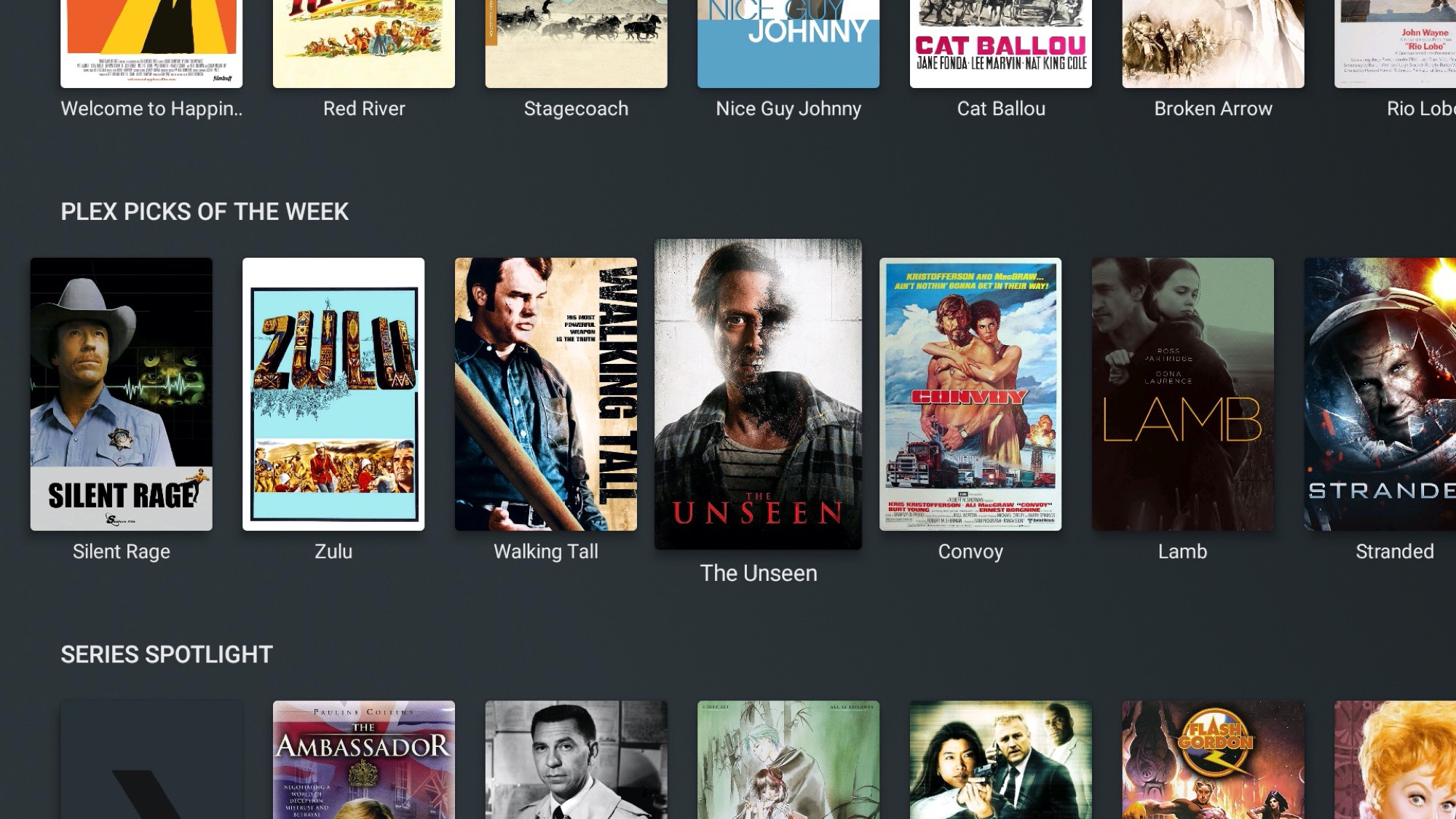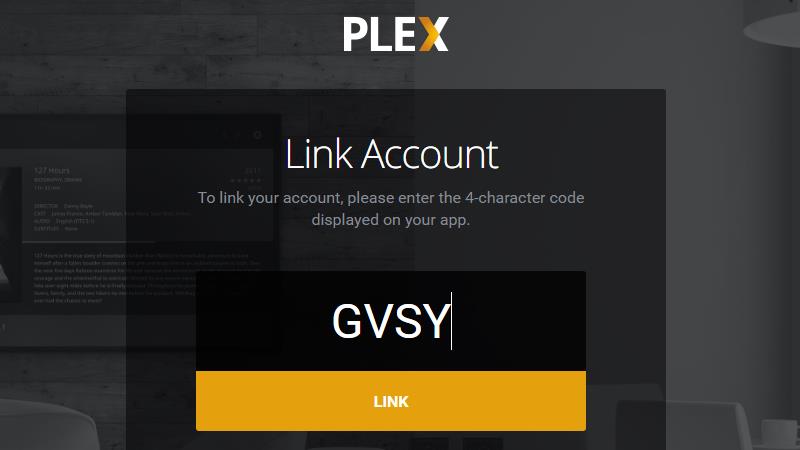

You may also want to see the other recent thread discussing Samsung TV"s and the My Cloud as it may be relevant. One should check to see if there TV or device supports a different DLNA media client that can be installed to the device. Generally the My Cloud relies on the device client (in your case your Samsung TV) to display the content on the TV. Or one can setup Kodi on a Kodi supported media device that is connected to their TV. The multi bay My Cloud units that support third party apps generally have Plex add on module support.
#Cloudplayer vs plex how to
You can use the forum search feature, magnifying glass icon upper right, to find past discussions on how to try and add Plex to either the first gen or second gen single bay My Cloud units. It is NOT like Plex media server/client or the Kodi client. For £3.99 a month or £31.99 a year, Plex gives you access to everything from parental controls to the ability to download films to devices for offline play.The My Cloud’s embedded media server (Twonky) is a basic media sever. Kodi is free and open-source, but Plex is also free, unless you want some extra features. By outsourcing the work to larger computers, Plex can deliver buffer-free HD films without a hitch, whatever device you’re streaming on. While Kodi tends to operate without a hitch, it can have issues with higher-resolution files – exactly the sort you’d want to watch. That means smaller products such as the Chromecast, Fire TV Stick and Android phones may struggle. In contrast, Kodi stores the files locally and does most of the work on the device on which you’re watching.

The bulk of the heavy-lifting is done by a larger PC, and that means Plex takes up less space and resources on your other devices, and can often have smoother HD streams.

Plex stores all your files on a server and transcodes them at the same place, before sending them to the device you want to watch on. Kodi and Plex deliver streams, but how they do it is vastly different – and that can sometimes have an effect on performance. Consoles such as the Xbox One and PS4 are already underneath our main TVs, and Plex’s ability to stream to them is a real advantage. Although Kodi is compatible with pretty much everything, Plex is even better. In fact, there’s a version of Plex for the Xbox One and PS4, something not currently offered by Kodi.
#Cloudplayer vs plex software
Kodi’s open-source nature means there’s a way of uploading the software on most devices, but Plex has great compatibility too. Platform compatibilityīoth media streamers work on pretty much everything, so chances are your devices will work with Kodi or Plex. However, it’s important to note that this extra customisation comes with increased difficulty, so if you don’t fancy tinkering with menus, Plex is probably a better choice.
#Cloudplayer vs plex skin
Whether you want to add extensions, change the skin or add a new source, you can do it with Kodi. Kodi is good in its original form, but it excels when customised. In contrast, Plex offers significantly less customisation. Because of its open-source roots, almost every aspect of Kodi is customisable. If you’re going to be using your streaming software a great deal, you’ll want to have it set up just as like it – and that means you’ll want to customise it.


 0 kommentar(er)
0 kommentar(er)
